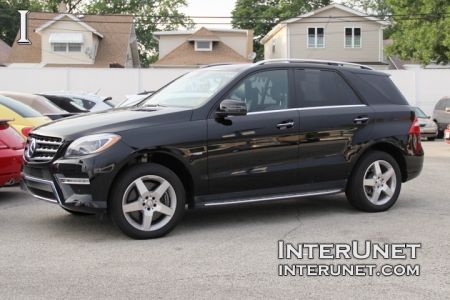
The most important factor wile buying a used car is to inspect the vehicle before making any conclusions. The ideal option is to get a mechanic you can trust to look at a vehicle, but if do not know one or do not want to pay money then order an independent car inspection at local body shop. There you can do some essential car examination on your own to decrease a possibility of being ripped off by a car seller. The first rule is to examine a car under clear light explosion and with no limitation in visibility. It is a good advice to have a flash light for better exploration of a shady spots which are underneath of the car.
General car appearance
Examine the car from outside. In most of cases a used car will have a normal ware with a possibility of some scratches and dents from regular use. Understand the fact: five years old car with a 50,000 miles or even kilometers cannot look perfect – there are always must be something even if the owner of a car was driving very careful and that is a part of a deal – the car cost less in comparison which is new. What to be aware of:
- There are some spots on the car which look slightly different and seems like it is other shade;
- The paint start pealing
- Gaps around doors, hood and trunk lid not even
All these are an indication of some body work was performing after the car was manufactured at a factory conditions.
Check rotors and brakes
In most, but not all, cars you will see the rotors if the rims are not completely solid. The rotors must be smooth and absolutely with no rust after car was driven. If the car stayed for a couple days outside there might be some slight rust, but it should go away right after the brake was in use. If it will not go away after test drive it is a clear indication the rotors have to be replaced because of cranial reduction in performance of brake system.
Turn steering wheel on one side and try to check brake pads behind the front wheels. In some car models you can check it with no vehicle lifting or taking out the wheel, in others the visibility might be very limited.
While test drive the car shouldn’t be pulling on a side while pushing a brakes. If it is then there are clear indications of problems with the brake system.
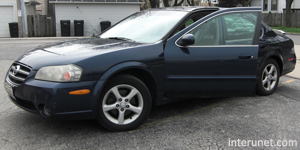 |
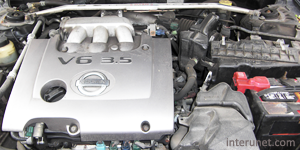 |
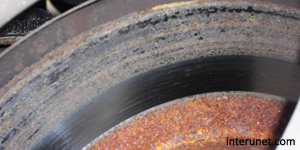 |
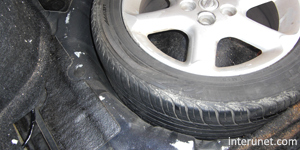 |
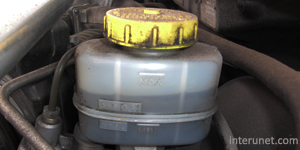 |
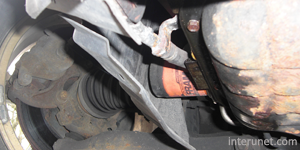 |
 |
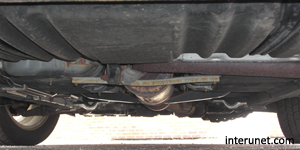 |
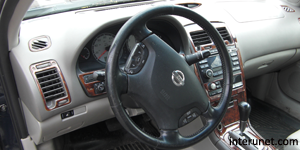 |
Check the car under the hood
Examination of the engine along with checking oil should be done when the motor is not working and not hot. For a safety reason do not open any lids under the hood just after test drive, but let it cool down completely, or better to start engine compartment examination before driving when the car wasn’t driven for a few hours. Always remember that a driver typically not cleaning engine every week and usually there are have to be some dust not meaning bad dirt, but there have to be something from every day use. If you will see like a brand new engine along with many new parts under the hood you have to be cautious and want to inspect the car much better as just a regular visual judgment.
What to look for:
- Check the motor oil
The engine oil cannot be black and should be a normal level.
- Check transmission oil
Transmission oil last much longer and you don’t change it as often as motor oil. All you can do is just check the level.
- Check the level of antifreeze (coolant), power steering fluid and brake fluid level.
It is a good idea before inspecting any types of fluid used in the car you know how it looks like. But as a rule any type of a fluid used in the car cannot be look like water or be close to black. Usually the power steering and brakes fluid are slightly yellow and transparent or clear with no "muddy" signs.
- Check if all hoses with no visible damages and there is no signs of any fluid coming under the hose clamps.
Check the tires
For your safety all tires on the car should match and be the same. Tire threads should be evenly worn from both sides. Excessive wear on one side indicates problems with car alignment or suspension problems. Also check the general wear of tires. Most states will require at least 2/32 of an inch or 1.6 millimeters tire thread left for be eligible for use, but besides rules and regulations there is always a safety reasons and if the tires are almost bald there are additional expenses will come with a purchasing such car.
Inspect the trunk
Usually spare tire will be in the trunk and it is a plus if the rim and tire itself the same as the rest of tires. Many cars have rear damages which might not be recorded in any car history reports. Looking closely at a trunk, especially where spare tire is and where car body not covered with any panels might tell you if there are was any types of body work done.
Check the car underneath
It will be clearly visible if some parts were freshly changed. Pay attention if there is no visible engine or transmission leak. Check if there are any damages of ball joint or cv joint boots. Inspecting the car underneath is very limited if the vehicle is not lifted, but in general everything under the car supposed to be tight not just loosely hang making a noise.
Check inside the car
There are always will be a normal wear and it is just a matter of your preference whether to consider the car in particular condition. What you really have to pay attention to is everything works properly from an air conditioner and light to horn and turn signals. There are no indication of problems should be reflected on a dashboard. Avoid purchasing the car if the following light indicators are on while engine is working:
Check Engine
Anti-Lock Braking System (ABS)
Battery and Charging
Engine Overheating
Low Oil Pressure
Air Bag
Service Engine Soon
Do not buy a car if the is a smoke coming from the exhaust.
Test drive a car
Try the car not only around the parking lot but on a highway as well. Any noise, squeaks or unusual pulling the car might indicate much deeper problems as it seems. Stop, open the hood and listen how engine working – if there are any strange knocks or sound better forget about that car.
